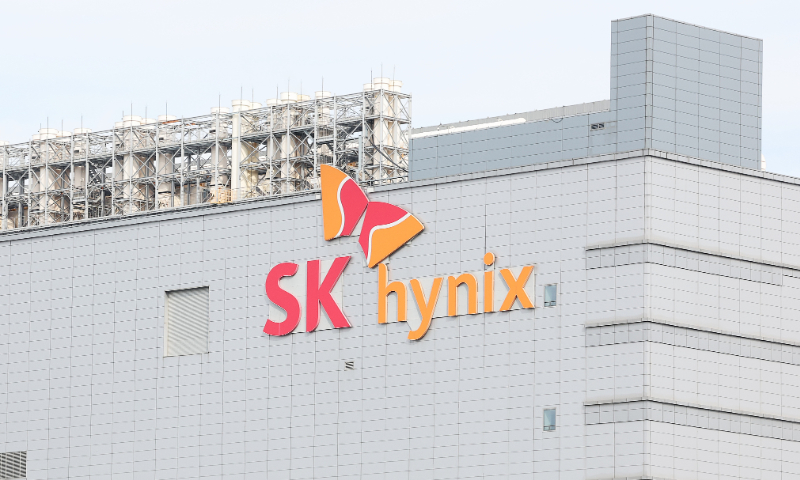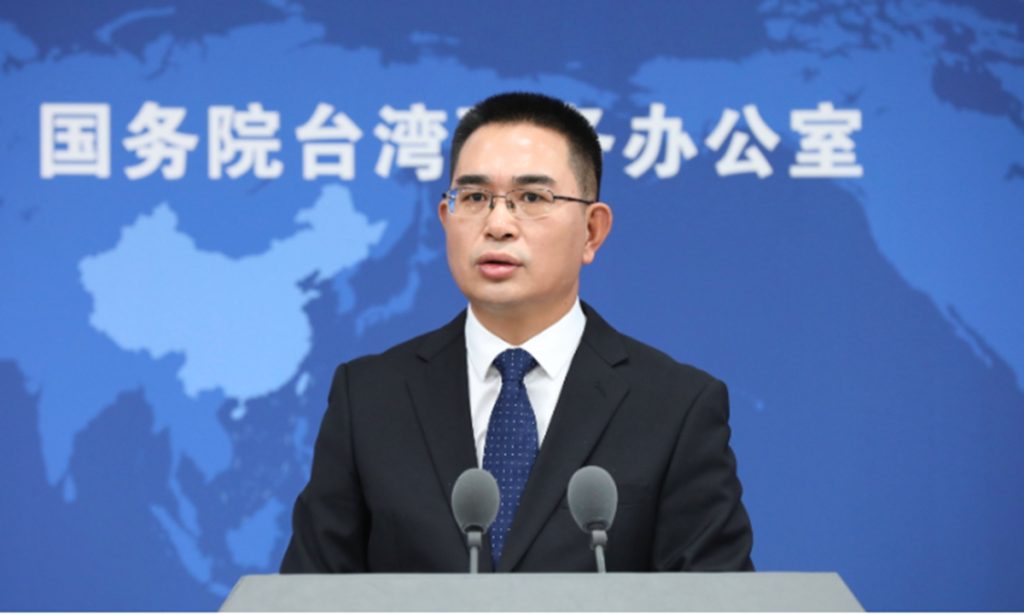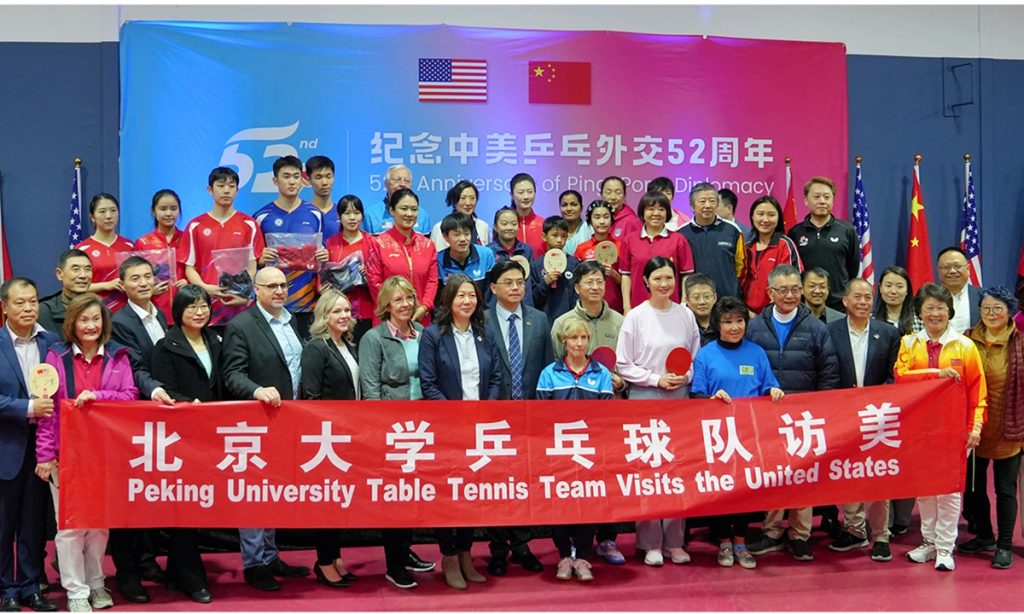South Korean chipmaker SK Hynix denies rumored sale of Dalian plant

South Korean chip maker SK Hynix has dismissed rumors that it is selling its factory in Dalian, Northeast China's Liaoning Province, which mainly produces 3D NAND flash memory. It said it remains focused on the company's business in China.
"We do not intend to sell our Dalian factory in China at all," the company said in a statement on Tuesday, according to a report by guancha.com.
In light of trade restrictions and the US' intensifying chip war, SK Hynix said that it will maintain its China operations, while abiding by regulations and laws in the jurisdictions in which it does business. The firm is the world's second-largest memory chip maker.
It also vowed to make further contributions to the development and stabilization of the semiconductor industry, the report said.
Earlier this month, Bloomberg reported that SK Hynix had been affected by the US' export control policy and was considering the sale of its Dalian factory, which the Seoul-based company acquired for $9 billion from US technology company Intel in December 2020.
South Korea's economy is heavily reliant on the semiconductor sector. That makes it especially vulnerable to Washington's drive to restrict supplies to China and constrain Beijing's access to key chip technology, the Bloomberg report said.
Against the backdrop of mounting pressure from the US on Seoul and other countries to isolate China from global tech supply chains, this is the second time the South Korean manufacturer has denied rumors about the upcoming sale of the factory in Dalian.
In April last year, the company described "the rumored sale" of the Dalian plant as "unsubstantiated," saying construction of the Dalian facility "will be completed as planned," South China Morning Post reported.
According to a Business Korea report, China accounts for a significant portion of sales for South Korean semiconductor manufacturers, and SK Hynix's revenue from sales to China peaked at nearly 47 percent of the total in 2019.
In May 2022, the firm announced it would build a new wafer manufacturing base in Dalian to produce 3D NAND flash memory, further expanding its business in China after acquiring Intel's assets in the region.
The new manufacturing facility will promote the competitive power of its local capacity as well as securing supplies in the Chinese market, according to Chung Eun-tae, president of SK Hynix China.
He noted that China is an important partner for SK Hynix and the company has been continuing its investment in its existing facilities in Wuxi, East China's Jiangsu Province and Southwest China's Chongqing Municipality.







